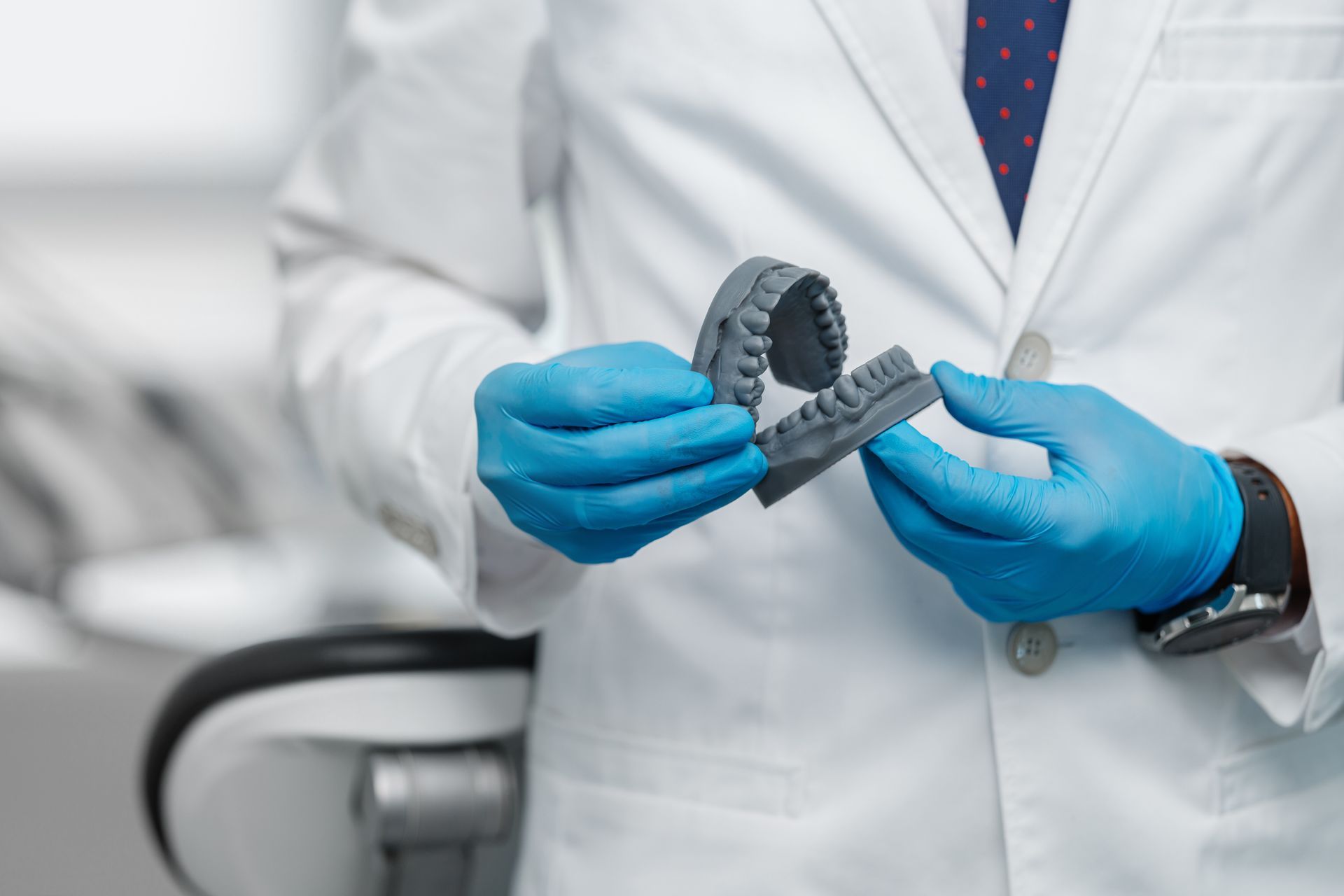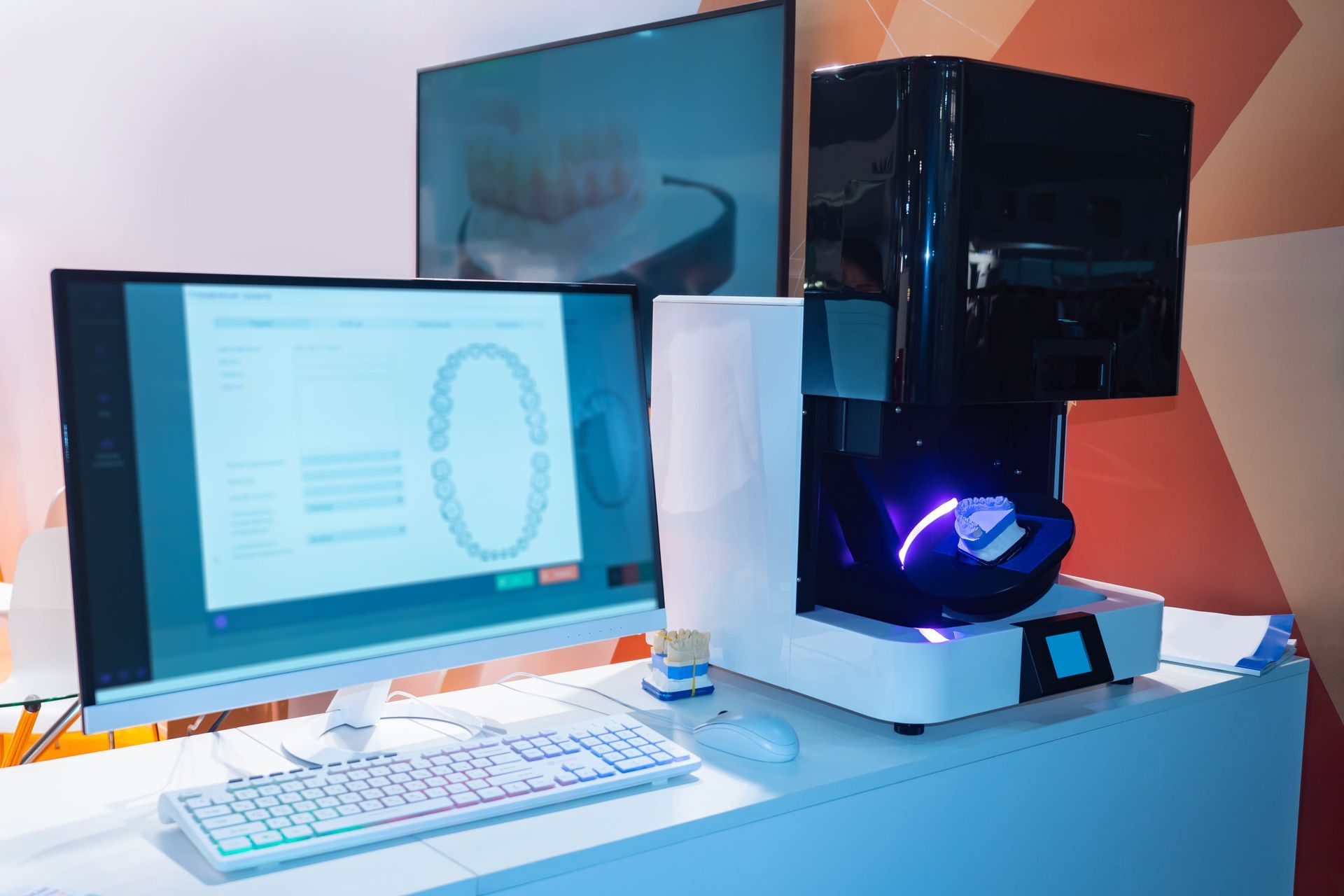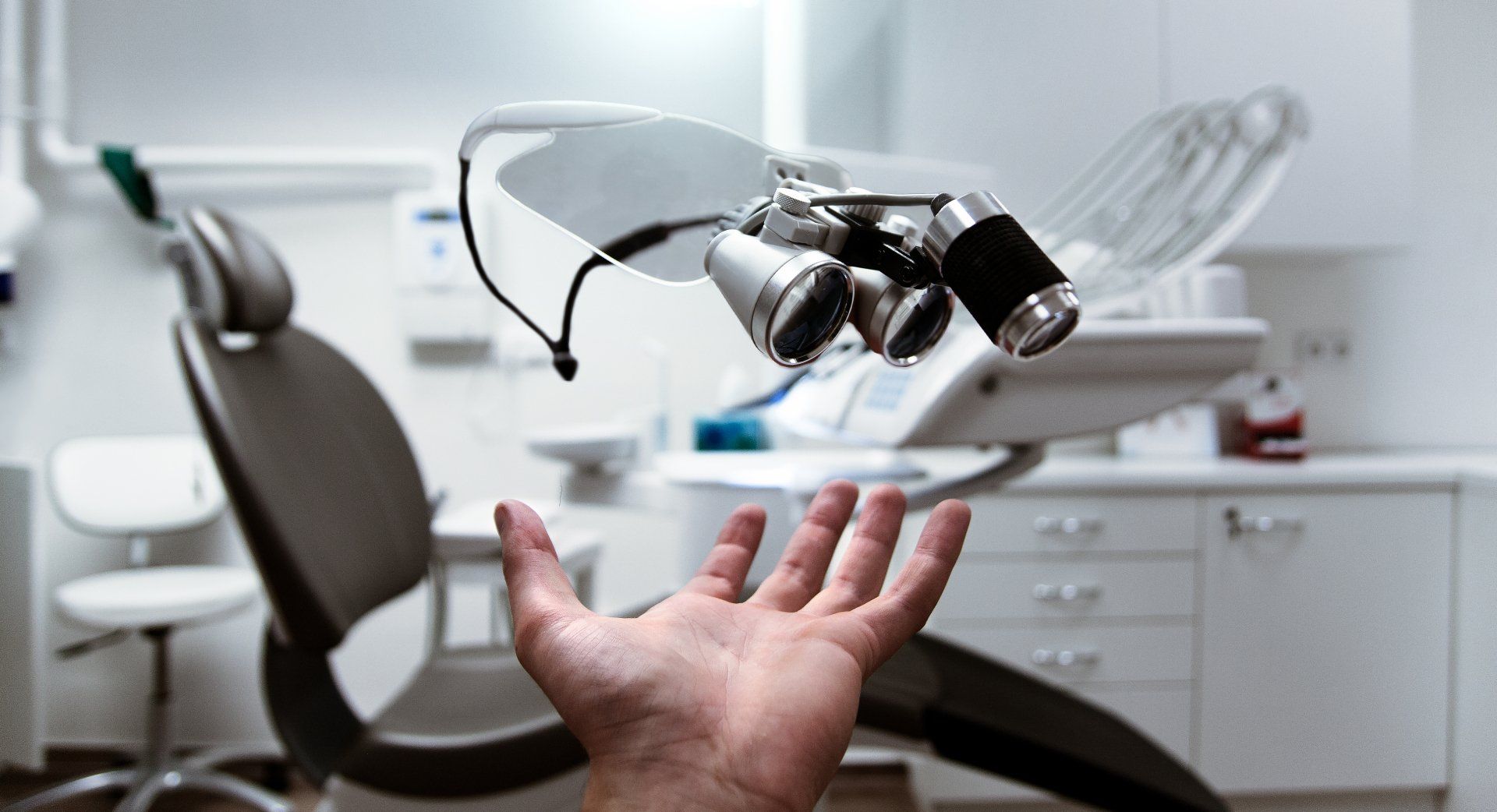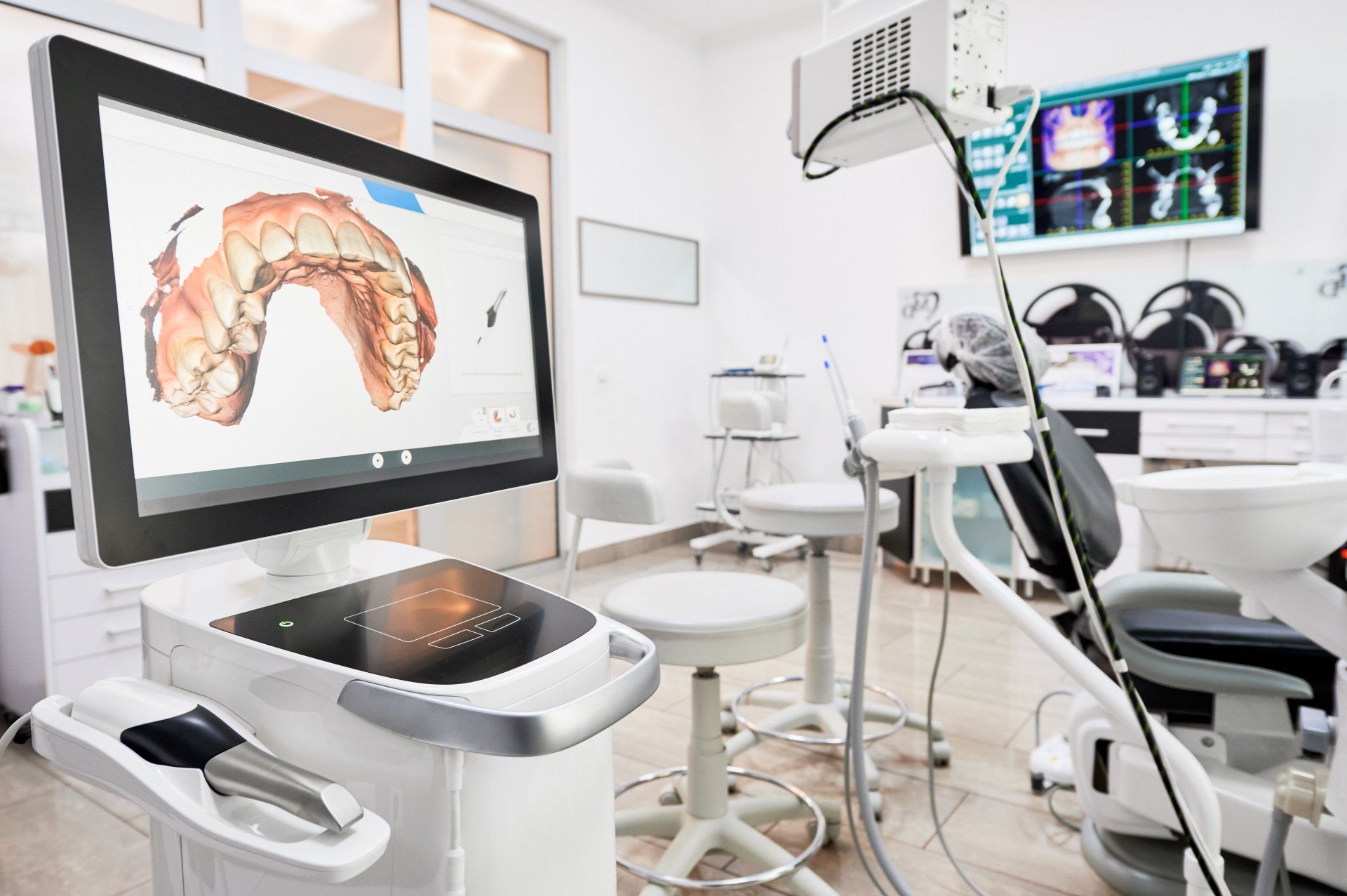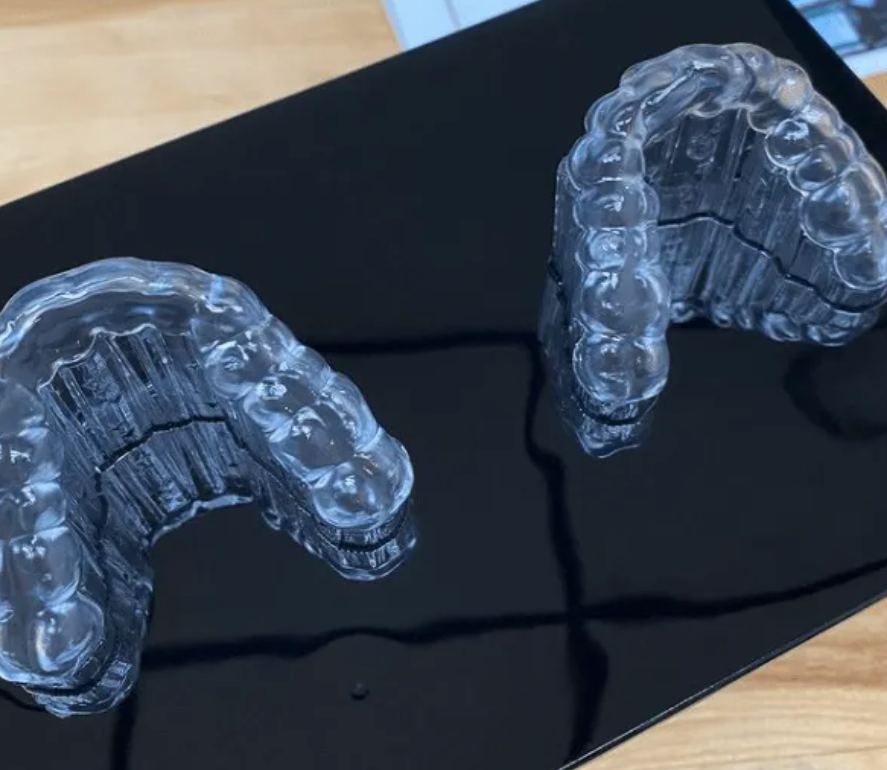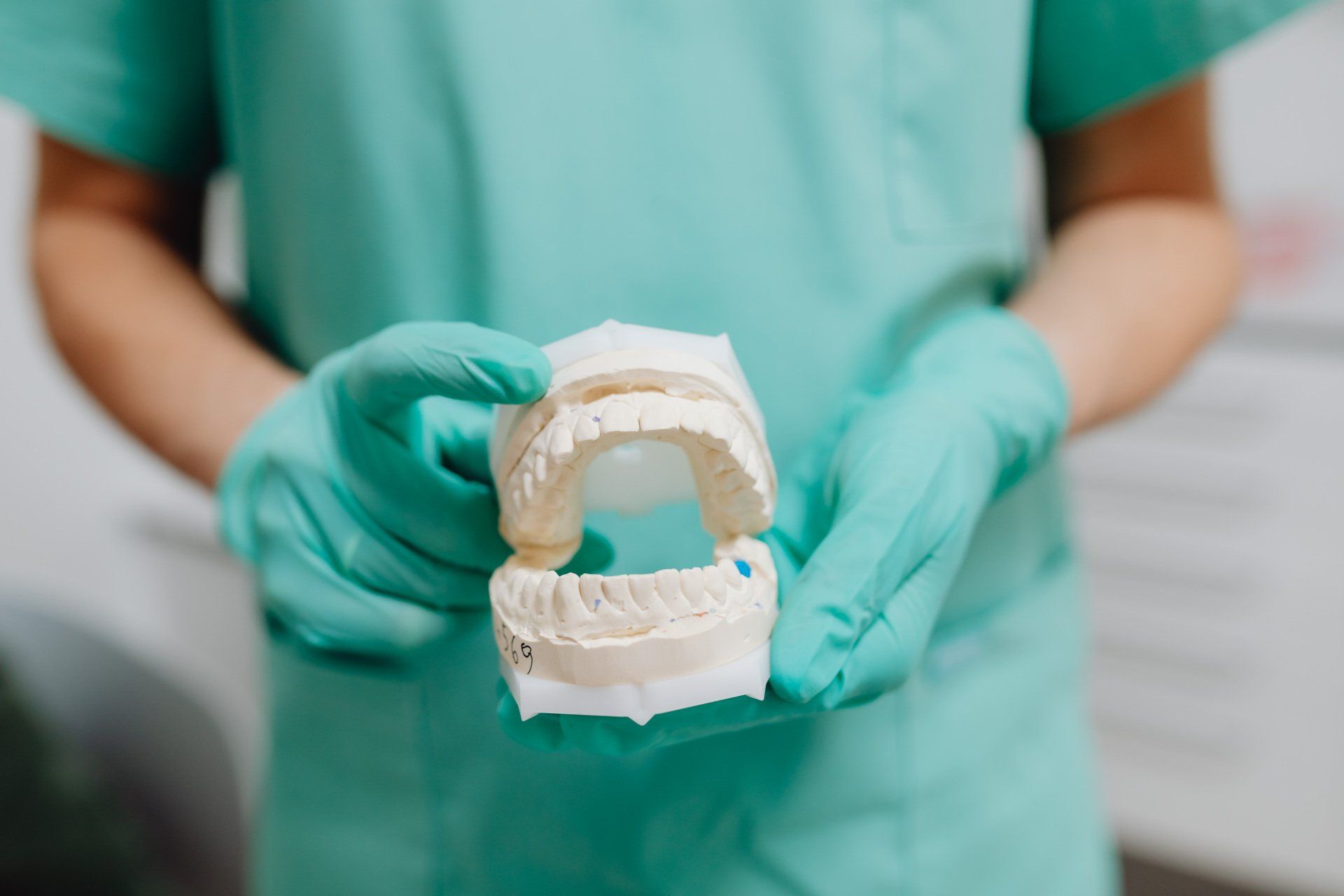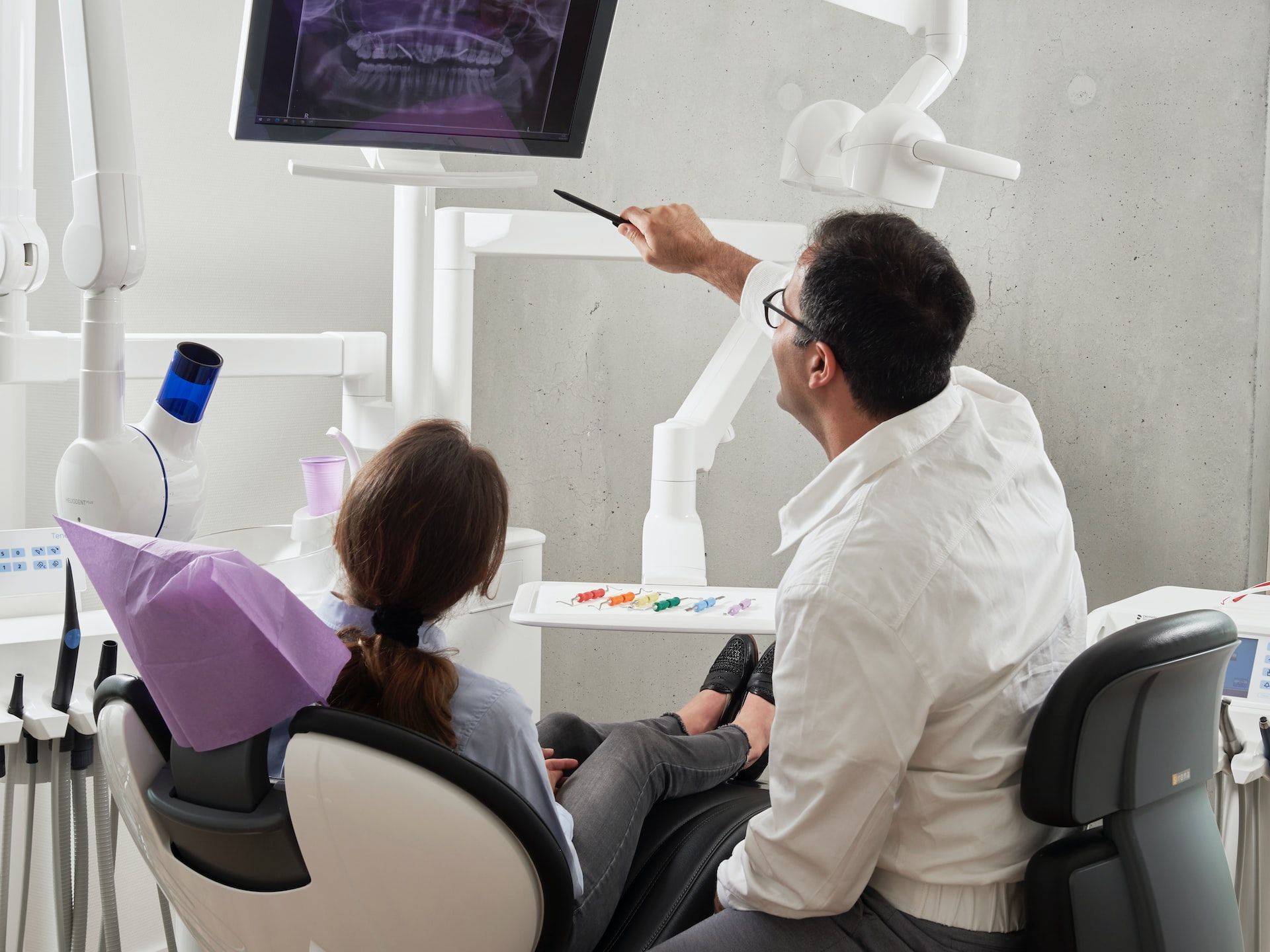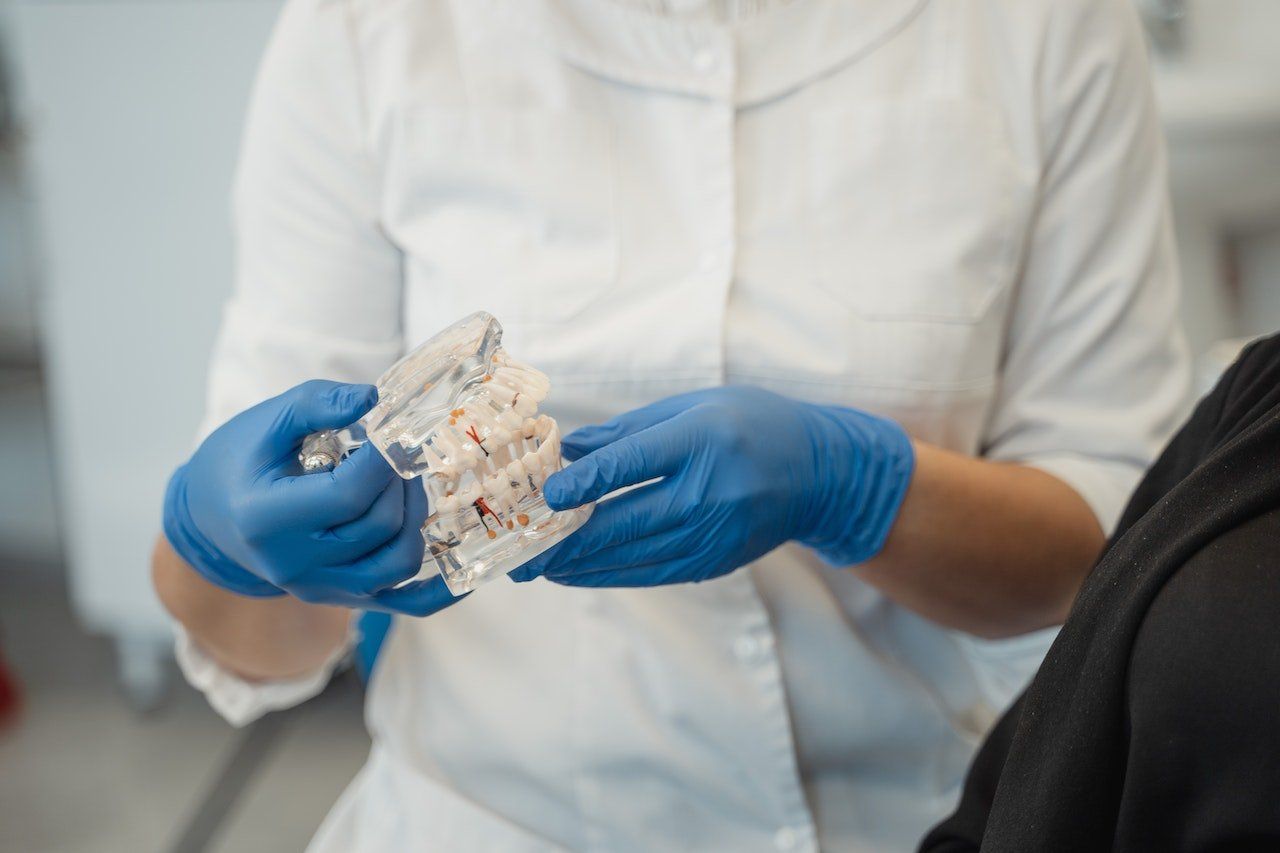Performing Triple-Tray Impressions. 5 Tips You Need to Know
Performing Triple-Tray Impressions: Here Are 5 Tips You Need to Know
A triple-tray impression is seen as the best procedure for taking single-unit impressions. It’s an excellent way to eliminate prep work and material costs all with one procedure. However, the complexity of this procedure can lead to more losses than gains. This can be a problematic issue for dental practices unfamiliar with the potential mistakes they could make.
Improving Your Triple-Tray Impression Success Rates
Although there are many benefits to eliminating costs with a triple-tray impression, there’s also a high remake percentage due to easily avoidable mistakes. These small number of remakes per month may seem like a small price to pay. However, these failed attempts at getting a triple-tray impression right can have a negative impact on your dental practice through your logistical expenses and brand reputation. For this reason, you need to be more mindful about performing this procedure.
In this article, we’ll share five tips to help you perform a successful triple-tray impression.

1. Get the Right Support
Sometimes, flexure from pressure points can be an issue with using plastic-triple trays. This is why it may be necessary to use a rigid tray with high enough sidewalls for maximum support. Doing so will keep your impression materials in place and prevent distortions once the lab applies the die stone on it.
2. Have Enough Material
Another common issue for remakes is having an insufficient amount of impression material. Since you only have one chance to apply the die stone, you must ensure that the impression material has enough volume to cover the tray. Remember to look over the impression before sending it to the lab. Doing so will ensure that the tray isn’t showing through the impression material’s edges.
3. Instruct Your Patient
Proper tray placement plays a vital role in the accuracy of the impression taken. Since this is taken in a closed position, you need to perfect your seating technique. Remember to remind your patient to close correctly to record an accurate bite registration. Simply directing them properly can prevent remakes and wasting your impression materials.
If you’re successful, your patient will imprint enough teeth to be captured in the impression. This will provide the lab enough information on how to correct a bite.
4. Apply Proper Adhesion
After your impression goes to the lab, it can endure several pours before being set on a solid model. This is why it’s necessary to ensure the consistency of the impression material to prevent separation after removing the first pour. Since this is a delicate stage, you need to apply proper adhesion through chemical or mechanical means.
5. Have Better Capture Margins
Clearly defined margins will eliminate much of the guesswork that the lab performs under 10x magnification. You can do this by displacing tissue with a packing cord to keep gums away from teeth. Doing so will reduce your remake chance and reduce instances where the dentist will trim the die later.
Conclusion
These small yet significant changes to your processes will have a drastic impact on the success of your triple-tray impressions. Although following the practice above can help deter human error, it’s not a risk that can be completely eliminated. Thankfully, you don’t have to perform all your clinical procedures in-house. Instead, you can work with full-service dental clinics to give you the precise and efficient help you need.
Searching for a reliable dental lab that services dental practices nationwide? Our services at Vitality Tech LLC provide quality dental implants, dental fixed prosthetics and other essentials you'll need for your practice. Contact us today to learn more about our product offers!
